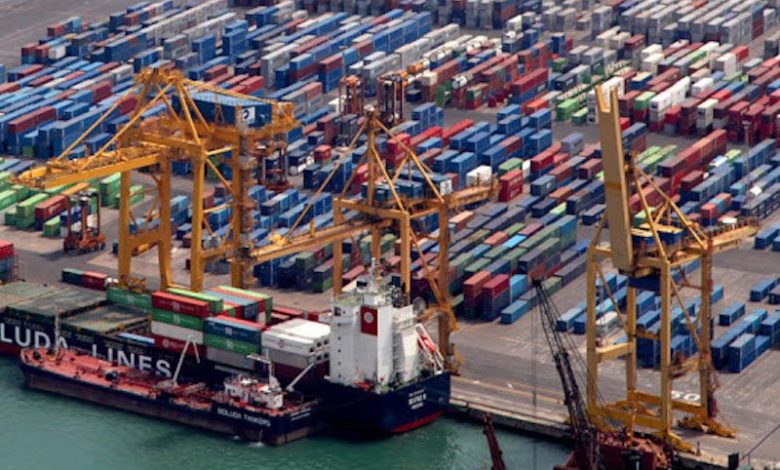Port of Barcelona teams with IBM, Vodafone and Huawei to develop 5G operations

The Port of Barcelona has provided details of an ongoing 5G pilot project it has been carrying out since July, the results of which are likely to give shipping a glimpse of the future.
The pilot is based on a solution that combines artificial intelligence and cloud computing with edge computing technology and ultrafast and low latency communications with a commercial 5G network to provide the port with incredible detail of every inbound vessel.
Edge computing are computational processes performed at the end of the user’s closest network to avoid sending big data and processing on servers or distant data centres, significantly reducing latency and improving bandwidth consumption.
“Having very accurate and real-time information about [a ship’s] movements and geolocation is essential not only to optimize the mooring space, but also to offer as much security as possible to ships and port services when making movements,” the port explained in a release.
The 5G Maritime project is part of bigger municipal effort framed in the 5G Barcelona initiative and promoted by the port, IBM, Vodafone, Huawei, Mobile World Capital Barcelona and i2CAT Foundation, with the support of the Ministry of Digital Policies of the Catalan government.
Mercè Conesa, president of the port, commented: “A network of cameras connected by 5G technology would represent an important advance in safety for maritime traffic in the Port of Barcelona. However, it would not only help us improve safety and prevention in the port area, but it would also contribute to the optimisation of the management of docks. In addition, it would make it easier for everyday work regarding port services –marine pilots, tugboats, moorings.”
The technological solution consists of an artificial intelligence model created by IBM to recognise ships. Two sets of high-performance cameras and Huawei 5G terminals located in the port capture in real time the entry of the ships. Ultrafast and low-latency communications provided by Vodafone’s commercial 5G network transfer the images to the server, the AI model is executed on the images received, which recognises and interprets them.
The artificial intelligence model is distributed to a server located in the control tower of the port using IBM Edge Application technologies.
Subsequently, a geolocation algorithm translates the pixels of the images into geographic coordinates of latitude and longitude. Finally, this geolocation data is integrated with the rest of the port’s systems.
The potential for 5G to transform operations has excited port communities around the world this year. Currently, China is the furthest down the track in implementing 5G at its ports, with Qingdao and Xiamen leading the way.
For more on how 5G might shape future maritime operations, check out our Shipping in 2030 special magazine published in September in association with MacGregor. Splash readers can access the full magazine for free by clicking here.
